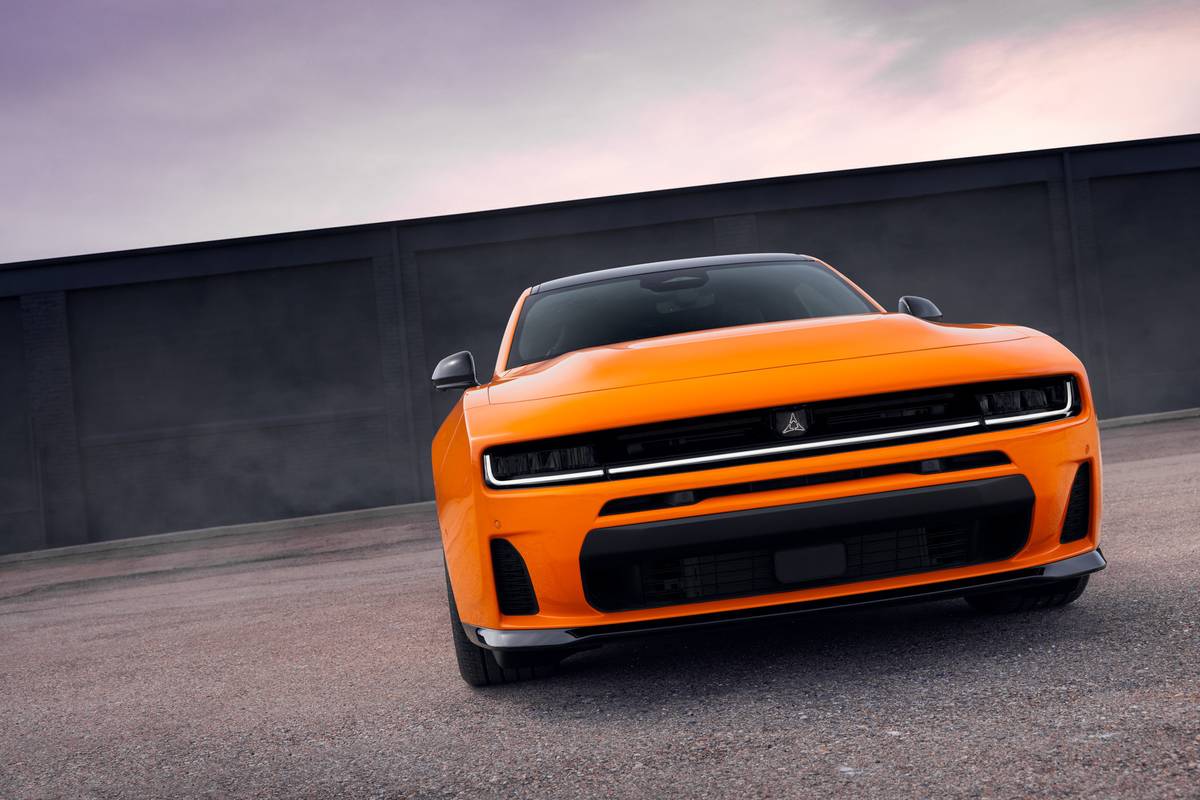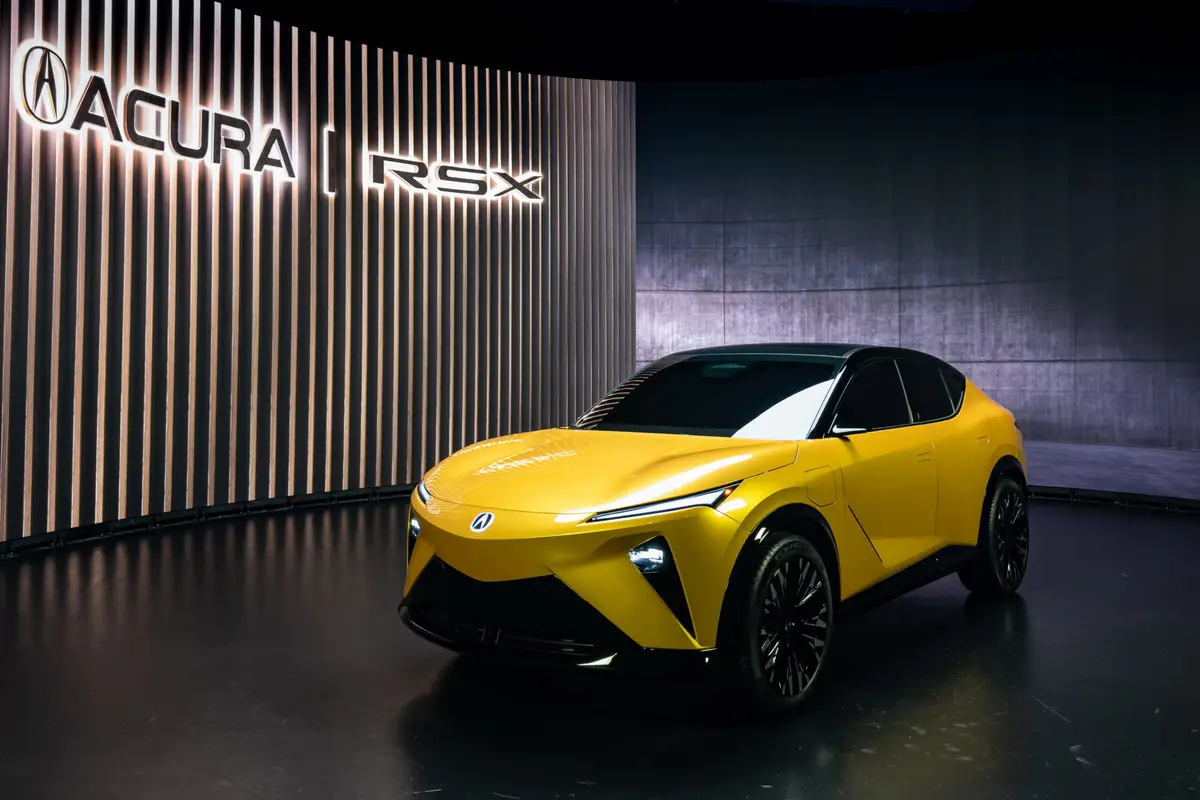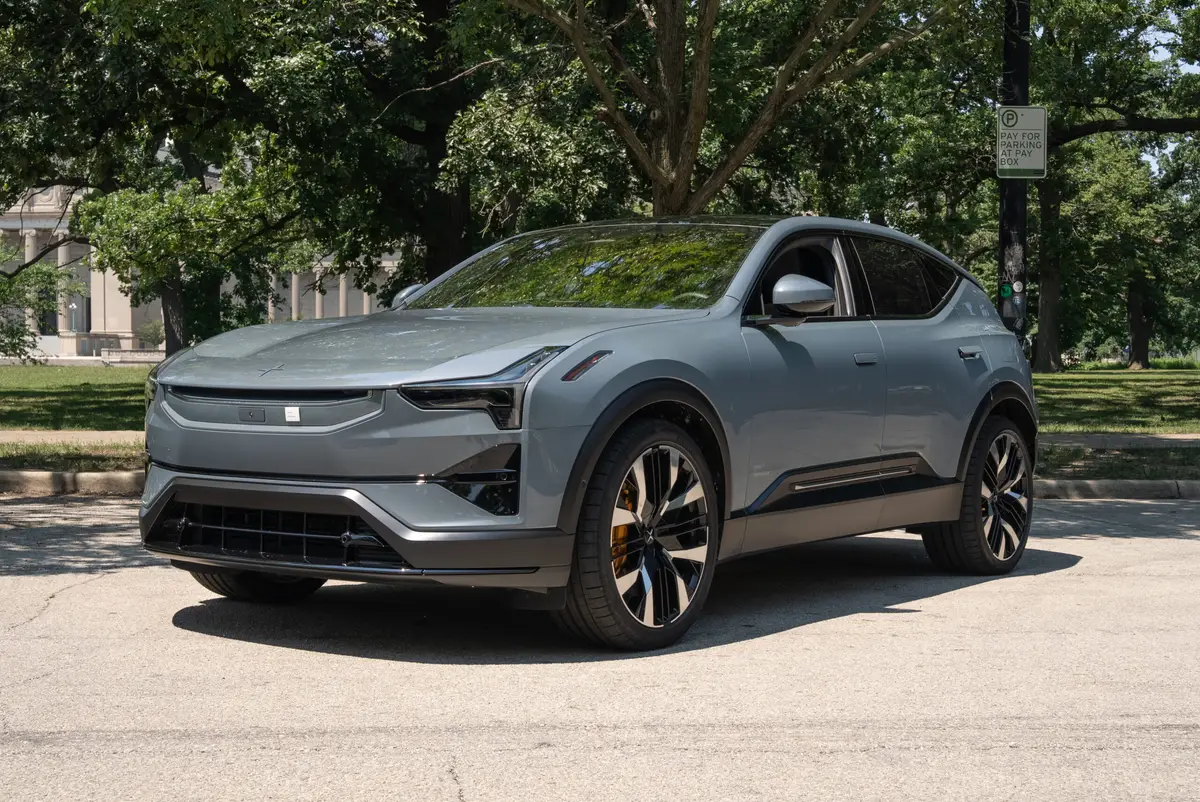2012 Buick Regal: What's New
Vehicle Overview
Buick brings back one of its well-known nameplates — Regal — for its newest entry-luxury midsize sedan. Based on the Opel Insignia from Europe, the Regal has a striking resemblance to that model. It’s offered with a choice of four-cylinder engines, one of which is turbocharged, and its competitors include the Volkswagen Passat and Acura TSX. The Regal seats up to five people, and high-performance GS and mild-hybrid eAssist versions join the 2012 lineup.
(Skip to details on the: Regal GS, Regal eAssist)
New for 2012
The Regal features Buick’s upcoming IntelliLink multimedia system, which has a 7-inch touch-screen and uses Bluetooth or a USB port to play internet radio from a smartphone. Design changes include new portholes on the hood and a black chrome waterfall grille. In addition, the Regal’s 2.4-liter four-cylinder can now run on E85 ethanol. The power side mirrors are heated and have integrated turn signals, and the bi-xenon high-intensity-discharge headlamps gain blue rings. Newly available options include remote start, a universal garage door opener and push-button start.
Exterior
While the Regal’s styling is definitely understated, the sedan has clean lines and a nice stance. The rear-quarter view is one of its best angles, and the car has one of the most stylish trunk lids around. Exterior features include:
- Standard 18-inch aluminum wheels
- Available 19- or 20-inch alloy wheels
- Available sunroof
Interior
The five-seat cabin utilizes premium materials, and there is an optional navigation system. The Regal has a sizable trunk that measures 14.2 cubic feet, and there is a wide opening to both the cargo area and into the cabin when the split backseat is folded. Interior features include:
- Standard leather upholstery
- Standard heated front seats
- Standard power driver’s seat
- Standard Bluetooth connectivity
- Standard satellite radio
- Optional Harman Kardon stereo
Under the Hood
The Regal’s base engine is a 2.4-liter four-cylinder that makes 182 horsepower. Buyers looking for more power can select the optional turbocharged 2.0-liter four-cylinder that’s rated at 220 hp. The engines work with a six-speed automatic transmission to power the front wheels, and sedans with the turbo engine also offer a six-speed manual gearbox. Mechanical features include:
- Available Interactive Drive Control System equips the car with an adaptive suspension that automatically tailors itself to road conditions and driver behavior
- IDCS includes three modes — Normal, Tour and Sport — that vary the response of the suspension, gas pedal, automatic transmission and steering system
Safety
Safety features include:
- Standard antilock brakes
- Standard electronic stability system
- Standard traction control
- Standard side-impact airbags for the front seats
- Standard side curtain airbags
- Optional backseat side-impact airbags
Regal GS
A higher-performance version of the turbocharged Regal, the GS benefits from higher turbo boost and reduced exhaust backpressure to generate 270 hp and 295 pounds-feet of torque. The power runs through a six-speed manual transmission or a six-speed automatic to the front wheels, and Buick says the GS’ front suspension has specialized struts to mitigate torque steer. The front and rear shocks are both adaptive, with driver-changeable settings to alter their stiffness as well as power-steering assist. Drivers can choose from three settings — Standard, Sport and GS Mode — by using dashboard controls.
Visual cues include a lower ride height, deeper bumpers, faux hood vents and 19-inch alloy wheels. Twenty-inch wheels with summer tires are optional. Inside, the GS has a flat-bottom steering wheel, metal pedals and unique leather seats with larger side bolsters. Back to top
Regal eAssist
The Regal eAssist combines a 2.4-liter four-cylinder and a six-speed automatic transmission with a 15-hp electric motor to provide more acceleration. The motor uses power from a lithium-ion battery, which draws a charge off regenerative braking. The engine shuts off at a stop and during deceleration, helping render an EPA-rating of 25/36 mpg city/highway.
The lithium-ion battery pack sits behind the rear seat, cutting trunk volume, as the case is in many hybrid sedans. Folding rear seats are standard, but the battery pack blocks the passenger-side opening.
Other changes include unique 17-inch light-alloy wheels with low-rolling-resistance tires, an air-conditioning system with a more efficient fuel-economy mode, an Eco gauge in the instrument cluster and a screen that shows hybrid-system energy flow. Back to top
Featured stories



2025 Polestar 3 Review: Understated Electrified Luxury

